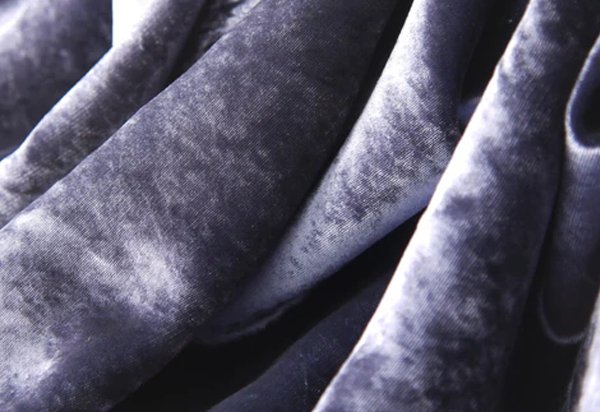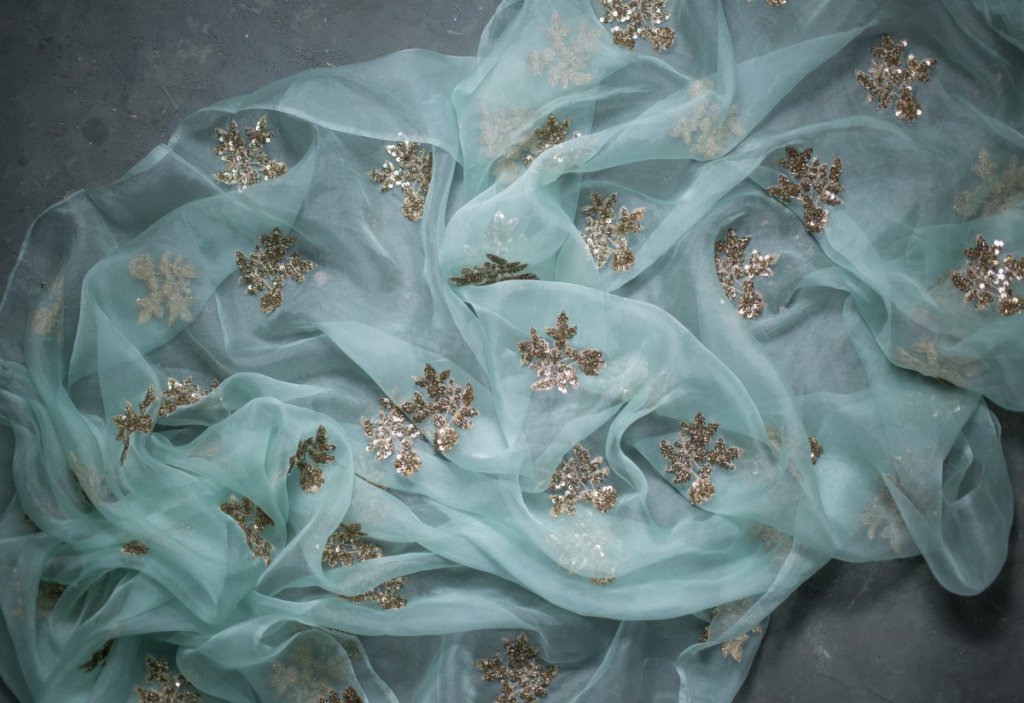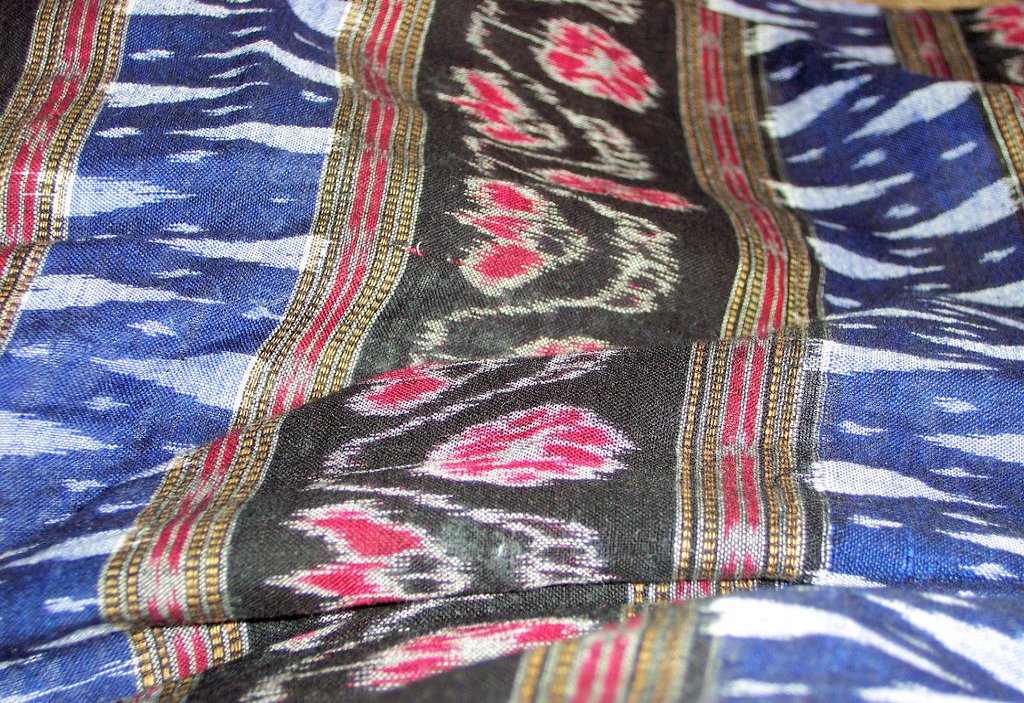Velvet fabrics are made by weaving two pieces of fabric together with long threads. When the threads are done, they are clipped short and heaped. In essence, many other types of velvet cloth material can be utilized as the velvet substrate, but the procedure stays the same. Pure velvet is made from vertical yarn, whereas velveteen material is made from horizontal yarn. However, unlike pure velvet, velveteen has a cotton blend, lowering the quality and giving it a distinct touch. Producing velvet materials used to be extremely costly. Because it was mostly made of silk, it acquired popularity in Asia and the Middle East.
Velvet is a type of fabric that is recognized for being smooth, soft, and glossy. However, unlike certain textiles, velvet is not manufactured from a specific type of fibre. In reality, it may be created from any material, including natural fibers such as silk, wool, and cotton, synthetic fibers like rayon or polyester, or a mix of the two. It was traditionally made of silk. Toady, velvet made entirely of silk is incredibly rare and pricey. Velvet fabric is typically comprised of synthetic fibers in more recent uses. As a result, it is more practical and cost-effective for usage in all types of garments.
HISTORY
During the Renaissance, its fame spread throughout Europe. Velvet had grown more inexpensive by the time mechanized looms were accessible. Producing velvet materials used to be extremely costly. Because it was mostly made of silk, it acquired popularity in Asia and the Middle East. During the Renaissance, its renown expanded across Europe. By the time mechanized looms became available, velvet had become more affordable. Velvet became more widely available to the general public when synthetic materials that resembled the look and feel of silk were produced. The most attractive aspect of velvet is its velvety feel, which makes it ideal for applications that need close skin contact. Velvet is more commonly used in women's apparel than in men's. Velvet drapes nicely, making it an excellent choice for figure-hugging dresses and even lingerie. Accessories such as hats and gloves are made of velvet created from a stronger synthetic fabric. Embroidery on velvet fabric gives it a rich, expensive appearance that makes it worth purchasing.
EVOLUTION AND USAGE OF VELVET
Pure Velvet is a hefty, long-lasting fabric with a lustrous gloss. Its properties are determined by the sort of material used to make the velvet. Silk velvet has a gentle drape and a glittering surface, whereas synthetic velvets like rayon and acetate have a high sheen but do not drape as well. Velvet has a very velvety and tactile feel to it. All forms of velvet may be dyed well in deep, rich colours, but it also responds nicely to softer, more pastel colours. Crushed velvet is made by twisting the cloth while it is still wet. By weaving in many threads of different colours, new designs in the cloth may be generated. After that, the velvet is frequently brushed.
The name "velvet" refers to the structure of the fabric rather than the fiber, such as wool or cotton. Velvet is woven, not knitted, and is made on special looms that weave two layers of cloth closely together at the same time, face to face. The two sections are then cut apart to form the fabric's unique short pile - the elevated loops and tufts of yarn that are carefully dispersed to give the fabric its rich density and distinct feel, as well as a subtle sheen that catches the light. Traditionally, velvet was created using silk thread, which added to its brilliance. Today, velvet may be made from a variety of various fibers, each of which produces a slightly distinct texture, shine, and gloss. Pure Velvet has various textile uses and is ideal for any usage where softness is sought, such as bedsheets and personal apparel. Furthermore, because of its visual attractiveness and aesthetic quality, it is ideal for fabrics that are on show, such as curtains, pillow covers, or furniture. However, depending on the materials used, it might be more costly than other textiles. Furthermore, some varieties of velvet must be dry-cleaned, making them more difficult to maintain.


コメントを書く
このサイトはhCaptchaによって保護されており、hCaptchaプライバシーポリシーおよび利用規約が適用されます。